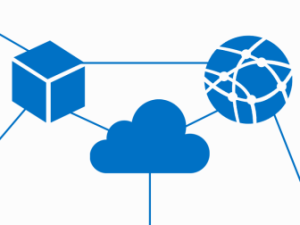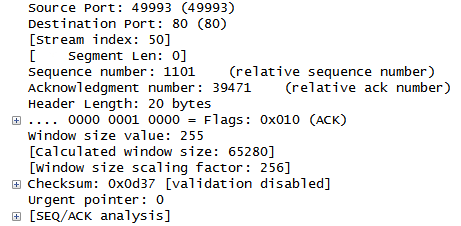
Here is my latest installment in the complimentary CCIE Evolving Technologies training that all candidates must master for any CCIE written exam.
CCIE Evolving Technologies – Cloud Performance
Cloud technologies can cause great enhancements in the performance of your enterprise IT needs, or, they can cause nightmares. Understand that due to virtualization, contention for cloud resources, if not properly managed (especially in multitenant environments) can make performance unacceptable.
There are numerous public cloud providers who sell cloud server instances, typically by the hour and priced based on the memory (DRAM) size of the instance. In such an environment, an 8 Gbyte instance might cost roughly eight times as much as a 1 Gbyte instance. Other resources, such as CPUs, are scaled and priced according to the memory size.
The result can be a consistent price/performance ratio, with some discounts to encourage the use of larger systems. Some providers allow you to pay a premium for a larger allotment of CPU resources (a “high-CPU instance”). Other resource usage may also be monetized, such as network throughput and storage.
Cloud technologies provide the unique ability for dynamic capacity allocation. Companies can increase server instances as needed, in reaction to real load. This can also be done automatically via the cloud API, based on metrics from performance monitoring software. A small business or start-up can grow from a single small instance to thousands, without a detailed capacity planning study as would be expected in enterprise environments.
Storage in the cloud can be an area of concern since when compared to local disk, performance can vary considerably. As a result, some storage services allow an IOPS rate to be purchased when reliable performance is desired.
Fortunately, OS virtualization features great enhancements in performance. Have you ever virtualized Windows, providing the bare minimum of required RAM and witnessed it outperform tradition systems installs with dramatically more RAM. This is an excellent aspect of cloud computing.
CCIE Evolving Technologies – Cloud Reliability
While cloud performance is quite tricky and can be a risk or great reward, reliability thanks to the cloud, tends to be a much more reward based proposition.
Contingency planning efforts for continuity of operations and disaster recovery are concerned with designing and implementing cloud architectures that provide run-time reliability, operational resiliency, and automated recovery when interruptions are encountered, regardless of origin.
The technologies features in IT clouds today help ensure this and include:
- Resource Pooling
- Resource Reservation
- Hypervisor Clustering
- Redundant Storage
While these technologies address basic failover and availability demands, more specialized and complex approaches include:
- Dynamic Failure Detection and Recovery
- Zero Downtime
These help establish resilient cloud architectures that act as pillars for enterprise cloud solutions.
CCENT ICND1 100-105 Exam Cram Premium Edition and Practice Test
 a. This is a UDP packet
a. This is a UDP packet